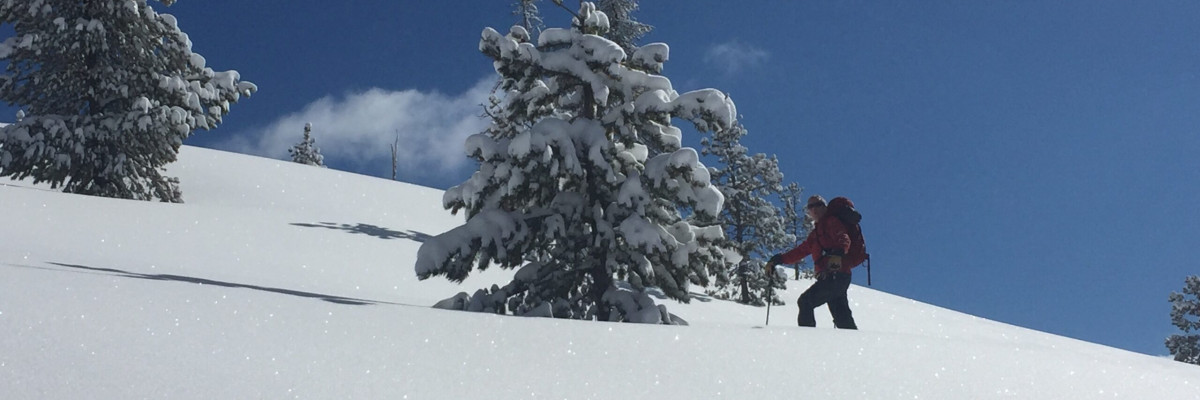The current avalanche danger is MODERATE in the west central Montana backcountry. Human triggered avalanches are possible. Heightened avalanche conditions exist in isolated terrain. Evaluate snow and terrain carefully and identify features of concern.
Good morning, this is Travis Craft with the West Central Montana Avalanche Center’s avalanche advisory for March 19, 2016. This danger rating does not apply to operating ski areas, expires at midnight tonight and is the sole responsibility of the U.S. Forest Service.
Weather and Snowpack
Mountain temperatures range from 11 F to 21 F in the region. Winds are 13 mph with gusts of 16 mph out of the SE in the Bitterroot and Point Six in the northern part of the advisory area is 06 mph with gusts of 11 mph out of the S. The forecast area received no new snow overnight.
Steve and I toured in the Rattlesnake yesterday. Ed was in the southern Bitterroot. We observed small natural loose dry avalanches on steep terrain(>40 degrees). The main avalanche problem today is loose dry avalanches turing to loose wet avalanches on sun exposed slopes in the afternoon. These loose avalanches can entrain a lot of snow and could knock you off your feet so, be aware of terrain traps on the slopes you are recreating on.
The second avalanche problem are wind slabs. These are located on leeward terrain. Look for scoured snow and hollow sounding snow to identify these slabs.
There are persistent weak layers in the top meter of snow (crusts with facets above and below). Dig a pit before committing to any steep slope to see if any of these layers are reactive.
Weather and Avalanche Outlook
For the weekend we will be under a ridge of high pressure. This will cause temperatures to above normal. With temperatures rising in the day and throughout the weekend, we make the shift back to spring conditions. If the slope you are recreating on starts to feel saturated or wet it is time to move to a different slope. The avalanche danger will remain the same with these conditions.
Ski and ride safe. Logan will issue the next advisory on Tuesday.
























